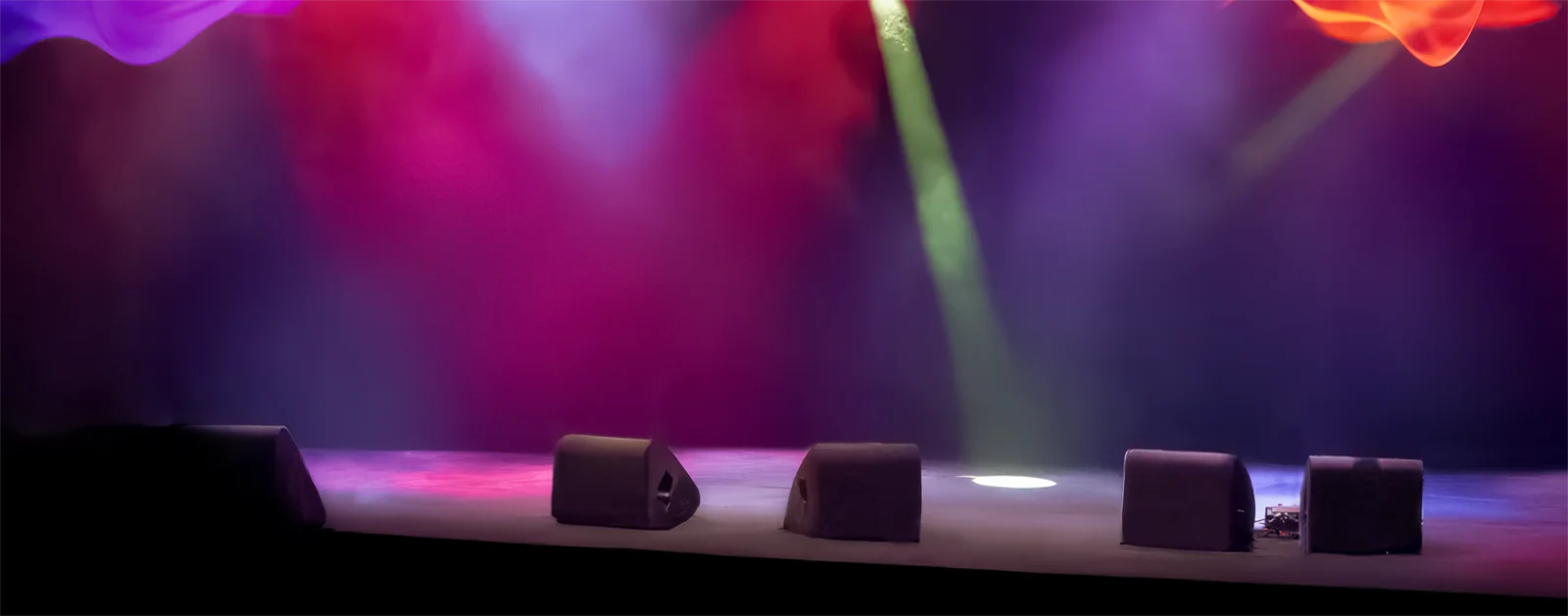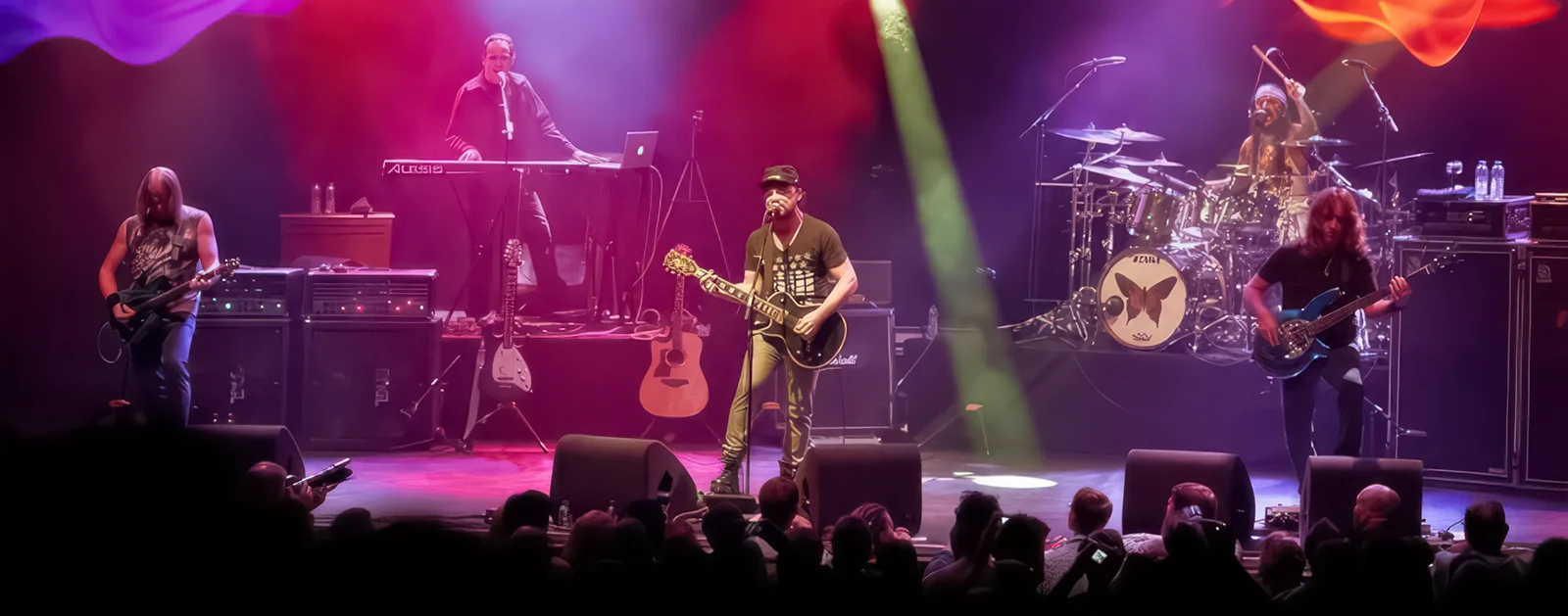A Flying Start
PRISM began life as HPAR (Harmonic Phase Analysis and Restoration), based on Evans’ hypothesis that musical performance errors were an objective phenomenon that could be identified and repaired by a mixture of procedural and machine-learning algorithms. And that the analysis that this required could also reused to enhance the audible performance clarity on the whole recording.
Evans successfully demonstrated it in 2015 with the Flying Colors concert video/album, Live at the Z7. Wikipedia conferred, “Critics place it among the best-sounding live albums ever made.” Evans was awarded a PhD for his discovery of Performance Restoration in 2019. From there, informed by the creative pull of his commercial music projects, Evans began applying his VAW (Virtual Audio Workstation) methodology to PRISM.


A Sound Plan
- Passive Performance Restoration
- Perceptual Clarity
- Noise Removal
- Proto-Isolation
- Point Phase Coherence
- Physical Modelling
- Predictive Audio
- Ambience Removal
- Detail Enhancement
- Articulation Separation
- Dynamic Range Enhancement
- Group Phase Coherence
- Archetype Audio
- Extended Duration
- Detail Enhancement
- Event Parsing
- MIDI Support
- Hybrid Modelling
- Mic Phase Alignment
- Retrospective Editing
- DAW Plugin Support
- Ambience Modes
- Ambience Restoration
- Group Phase Alignment
- Dynamics Modeling
- Component Modeling
- Algorithmic Simulacrums
- Note Mixing
- Personalities
- Ambience Extraction
- Native Binaural Codecs
- Note Onsets
- Secondary Resonance
- Articulation Transitions
- Generative Simulacrums
- Parameterised Encoding
- Guided Perform Restoration
- Generative Composition
- Performance Interpolation
- Actualisation
- Deep Encoding
- Error Normalisation
- Generative Performance
- Repertoire Generalisation
- Active Perform Restoration
PRISM’s near-future stratifies v2’s DAW implementation into a suite of discrete, modular software plugins. Functionally, ongoing research and development generalises PRISM’s existing feature set, leveraging PRISM 2’s LLM support for hierarchical event data, expanding the repertoire of instruments, improving a subset of existing capabilities, and providing greater operational autonomy.
On the Record
PRISM’s near-future stratifies v2’s DAW implementation into a suite of discrete, modular software plugins. Functionally, ongoing research and development generalises PRISM’s existing feature set, leveraging PRISM 2’s LLM support for hierarchical event data, expanding the repertoire of instruments, improving a subset of existing capabilities, and providing greater operational autonomy.


Commercial Generalisation
The set of valid possible input data is increased significantly, making PRISM compatible with a wide variety of programme material. Components of this effort were completed for PRISM v2.
Active Performance Restoration (APR)
PRISM actively monitors recorded tracks, alerting users to potential performance errors. When flagged, users then have the option of fully-automated restoration.
Personalities
Re-renders existing performances of acoustic recordings in the styles of specific musicians. It also adds user-adjustable meta-performance parameters to change stylistic characteristics. Personalities were part of Evans' original Performance Restoration thesis; has applied it to artists such as Crosby, Stills & Nash.
Actualiser
By inheriting functionality from Personalities and APR, the Actualiser improves recorded performances in the end user's specific style—creating a better version of themself that is still authentic to them.
Instance Replacement
This feature enables users to change the instruments used on a recording while maintaining the resonance signatures of the original (i.e., changing the resonant body, not triggering a sample). It is an improvement over the implementation in PRISM v2.
Repertoire Expansion
Expands the unsupervised instrument set from drums to include guitar, piano-derived keyboards and bass.
Generative Interpolation
Predicts the performance that would have occurred continuously between pre-recorded performances. Evans first applied this for the album, Live at the Z7. Seven seconds of a solo by guitar virtuoso Steve Morse was severely corrupted during the live recording, and unintelligible. Evans replaced the seconds with a completely new performance (i.e., not copy and pasted from an existing recording). Morse stated that he was unable to tell which seven seconds he didn't perform.